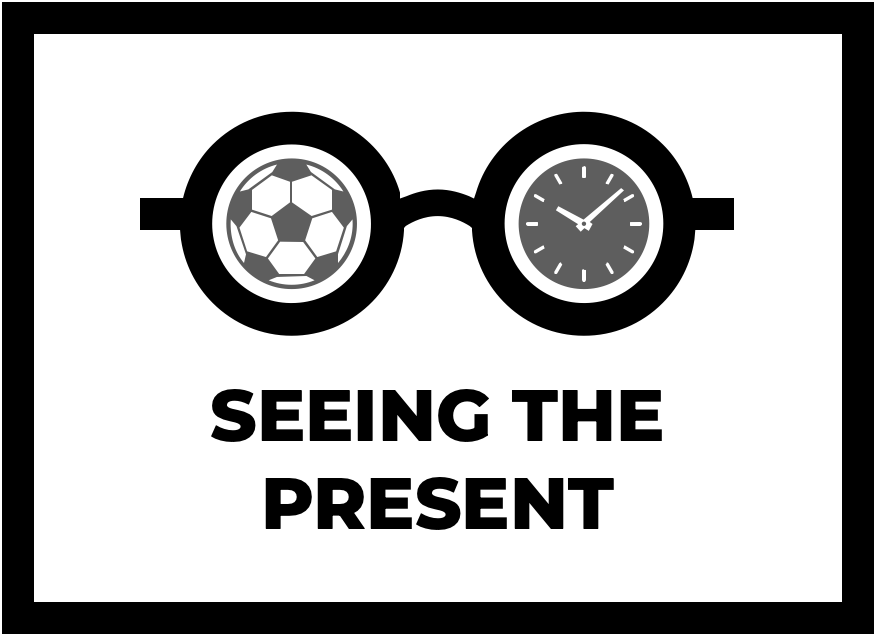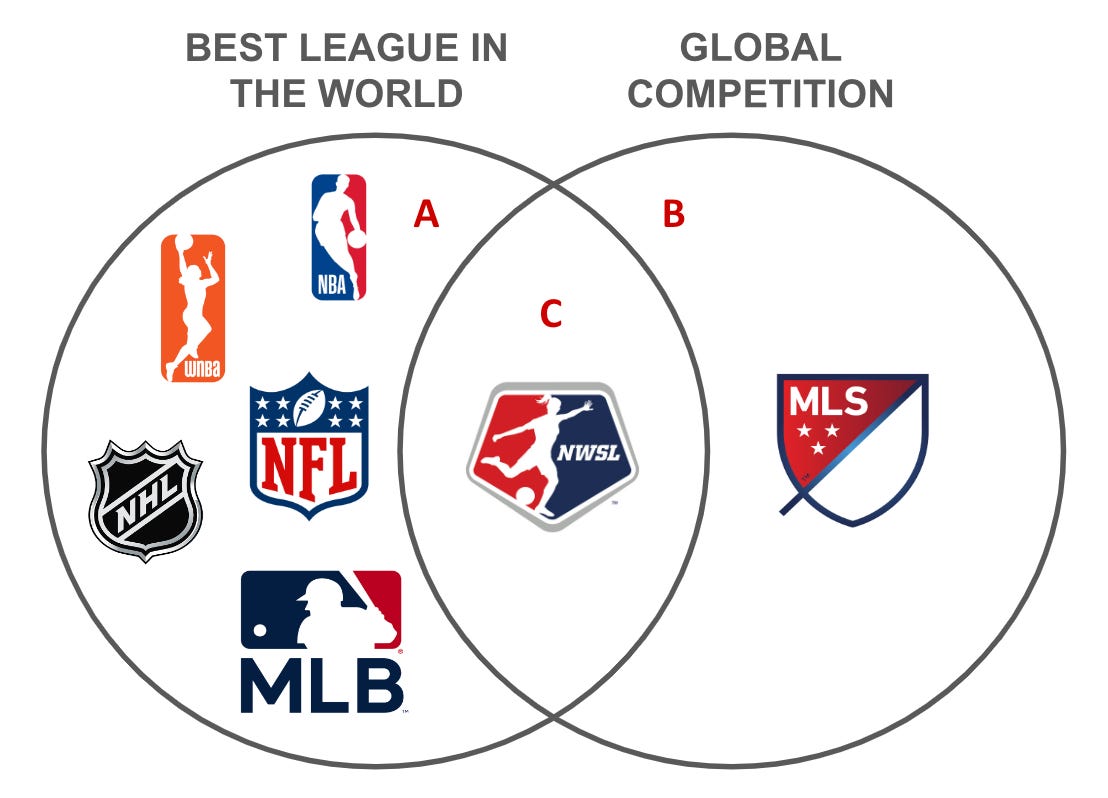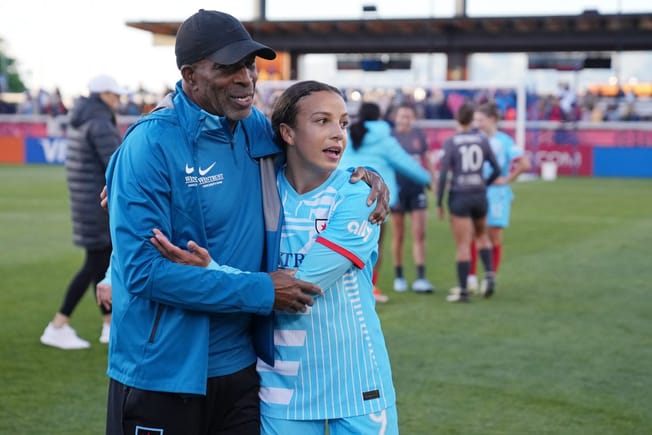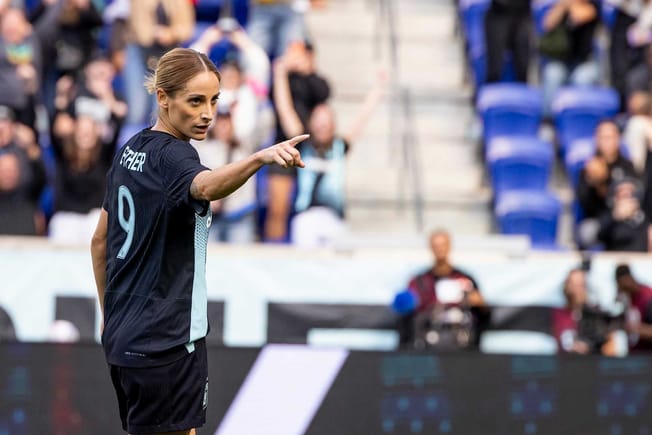Nathán Goldberg Crenier is the Vice President of U.S. Soccer. Formerly, he served as the Assistant General Manager and Chief Soccer Officer for NJ/NY Gotham FC in the NWSL. This piece is an early preview of the next edition of Nathán’s “Seeing the Present” newsletter, which dives into soccer’s global trends. Subscribe to “Seeing the Present” today!

On August 22nd, the NWSL Players Association and the NWSL announced they had reached a groundbreaking new collective bargaining agreement (CBA).
It was a watershed moment in American sports, as the NWSL became the first major league to eliminate its college draft. The central theme of the new CBA is an increased emphasis on player autonomy, aligning the NWSL with how professional soccer operates outside the United States: fully guaranteed contracts, no trades without player consent, and universal free agency.
So why did the draft get nixed? From the players’ perspective, it’s pretty obvious: it restricted their freedom to make choices about their own career. Here’s how Tori Huster, the current president of the NWSLPA, described her draft experiences to Time Magazine:
“I’ll tell you, from being in multiple drafts, it’s tough. To not know where you’re going to end up, what’s going to be necessary, will you have family close to you, will it be a place where you get playing time? All of those things are different aspects of a player’s life that need to be in the hands of the player.”
But what about from the league’s perspective? Far from being a tough pill to swallow for the owners, I believe ending the draft was a smart decision that will positively contribute to the NWSL’s ambition of being the best league in the world for two reasons I discuss below.
The NWSL is in a unique position among American sports leagues where the draft jeopardizes the league’s ability to retain top talent.
To me, the best way to understand how the NWSL operates from a unique position among major leagues is to visualize the American sports landscape with a simple Venn diagram made of two sets:
- Leagues that are considered (or have a legitimate argument to be considered) the top league in the world for their sport.
- Leagues that face genuine competition from other leagues abroad.








